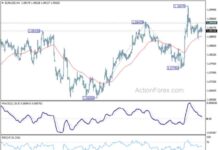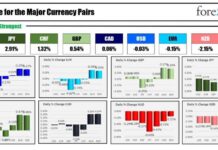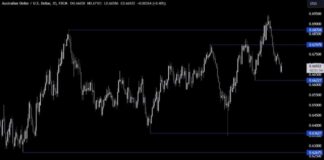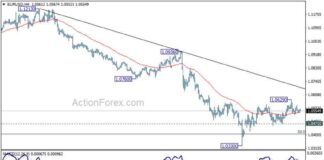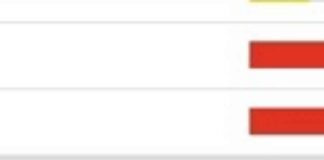Canada’s inflation report for October is set to be released soon, and all eyes are on it after it fell below the Bank of Canada’s 2% target for the first time since 2021 in September. The headline inflation is expected to bounce back to 2% from a smaller annual decline in energy prices, while food price growth is likely to remain steady. When excluding volatile components like energy and food prices, consumer price index growth is expected to dip slightly to 2.2% from 2.4%.
In addition to the usual factors impacting inflation, there are some seasonal price movements to watch out for in categories like clothing, footwear, and travel tours. Another important component to keep an eye on is property taxes and other special charges, which are only released in October. Last year saw a significant increase in this component, and a similar trend is expected this year due to tax hikes in major Canadian cities.
The Bank of Canada’s preferred median and trim core measures, which provide a better indication of future inflation trends, are expected to show a slight increase in October. However, they are likely to remain below the 2 ½% mark mentioned in the BoC’s October interest rate cut policy statement.
There is a belief that inflation in Canada is more likely to trend downwards in the coming months. With a forecasted headline inflation rate of 2% for October, inflation has been hovering around the 2% target for three consecutive months. The diffusion index, which measures the breadth of inflation pressures, has also indicated a narrowing in recent times. Furthermore, the weakening labor market with slowing hiring demand and rising unemployment rates suggests a lack of momentum in the Canadian economy.
Looking ahead, Canadian retail sales are expected to have risen by 0.4% in September, with core sales likely driving most of the growth. Housing starts are also projected to increase to 256,000 in October from 224,000 in September.
Overall, the economic outlook suggests that the Bank of Canada may consider cutting the overnight rate by an additional 50 basis points in December to stimulate the economy. The data from the upcoming inflation report and other key indicators will provide further insights into the path of monetary policy in Canada.

